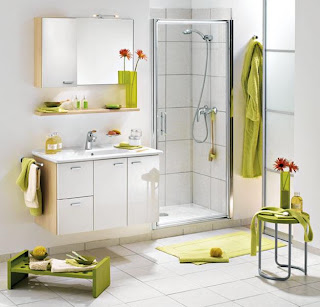Amongst the wide range of occasional chairs available today the wingback chair has perhaps the most enduring pedigree. Few people browsing for furniture for their home today realise that the wing chair has a history spanning hundreds of years.
The wingback chair is a chair, which is usually fully upholstered, with wings rising up from the arm and joining the back at a 90-degree or wider angle. The original purpose for the wings were assumed to be to prevent drafts in old houses from reaching the upper body or to protect the delicate skin of gentrified ladies from the heat of a roaring fire in the hearth.
As one of the oldest and most popular forms of furniture, the wing chair, also known as a fireside chair or an easy chair, is easily recognized by its pair of protruding wings, its considerable depth, its dramatic presence, and its upholstered framework. The first wing chair appeared in the late 1600s, but it was not until after 1720 that its popularity became widespread.
Wing chairs are sometimes called fireside chairs, and for good reason. Their design is perfect for enjoying the warmth of a fire while your back and sides are protected from chilly draughts.
However these chairs are not the earliest pieces furniture to use this approach to keeping comfortably warm. Wings were also used on some of the high-backed wooden settles found in English manor houses and pubs/inns. Usually these settles were bare wooden benches but sometimes long cushions were added for comfort, long before the new kind of upholstered chair brought an extra level of comfort to the late 17th century.
The same chairs soon appeared in colonial America. Like other Queen Anne furniture of the early 1700s, they often had cabriole legs and curving lines distinguishing them from earlier styles.The famous cabinet-makers of the age, like Chippendale in London, designed elegant frames to set off the upholstery. If you want a true antique, remember that "Queen Anne style" is just that: a style and not a guarantee that a chair is 300 years old.
Fabrics used were not necessarily subdued or subtle. Bright patterns were seen in both colonial and Georgian drawing rooms. Restorers of 18th century antiques often prefer plain coloured fabrics, but this is not necessary for authenticity. Leather upholstery is also a valid option.
If you look at antique French wing chairs, or newer chairs echoing the Louis XIV or Louis XV period, you may well see a lower seat in the bergère style. Similarly, in 18th century England Hepplewhite tried lowering the seat in his designs. He called the wings saddle-cheeks, perhaps knowing that they were called cheeks, not wings, in France. Ears is their other name, used in some parts of Europe, and remembered in the old-fashioned British name lug-chair. (Lugs is slang for ears.)
American wing chairs, also called easy chairs, were often considered bedroom furniture suitable for anyone frail or tired, sitting quietly in their room. Both antique and modern wing chairs may be associated with elderly people; a high seat and back with built-in draught-proofing offer an appropriate kind of comfort, and remind us that another name for this piece of furniture is grandfather chair.
In Britain, wing chairs remained in the parlour or living room. Writers in the Victorian era describing idealised scenes of family life round a blazing hearth often mentioned a fireside chair. 19th century chairs were often more generously padded than earlier wingbacks, often filled with a very firm horsehair stuffing.
Contemporary designers now produce all sorts of shapes and sizes of wing chair, and yet the early Queen Anne shape has an enduring popularity.Though the functional need for the wing declined as homes moved away from open fires to central heating, the design motif remained steadfastly popular. And not just in traditional furniture designs. Even with modernist furniture design in the 1950s and 1960s new chair designs using new materials (e.g. designs by Grant Featherstone 1951, Edward Wormley designing for Dunbar in the 1950s 'The Egg' by Arne Jacobsen for Fritz Hansen, Denmark, 1958) either retained or re-invented the wing.
Today modern homes have changed their layout and function considerably and one will find occasional chairs in almost any room, with lounge or bedroom being the most common locations. Wingback chairs may have a classic shape but they can be upholstered in the funkiest of modern fabrics. You may be surprised that a 300 year old design remains as popular today whether you are furnishing in a traditional or contemporary style.














